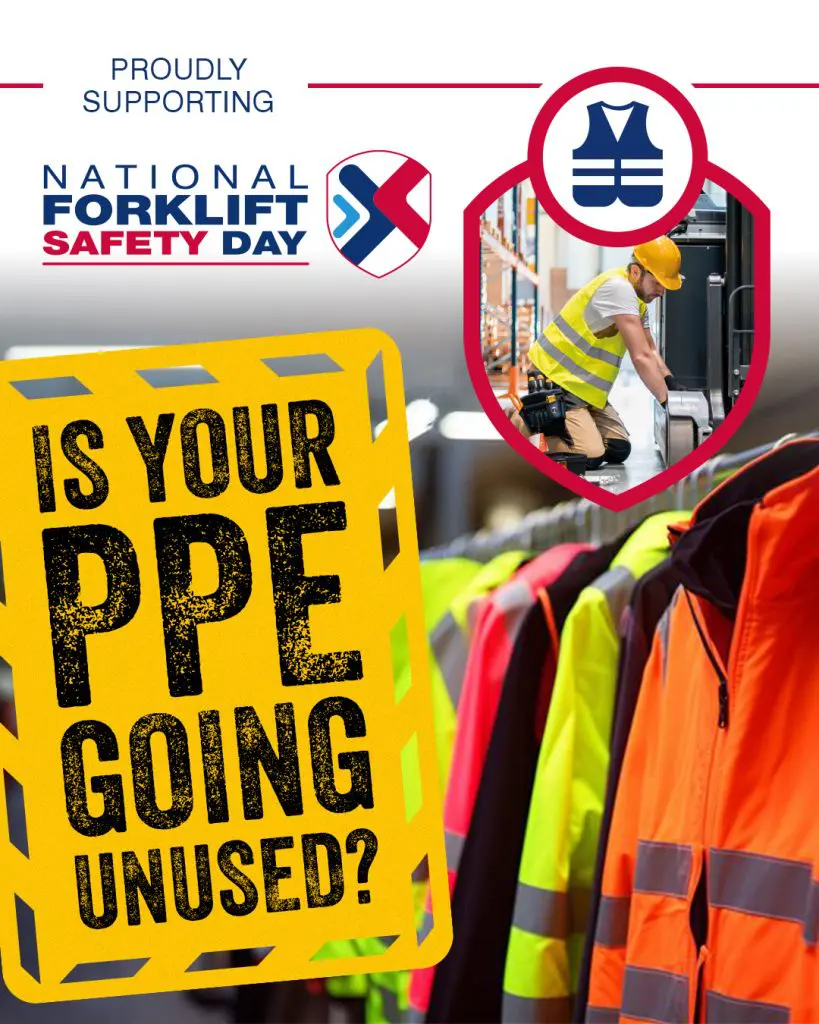Forklift certifications promote a safer, more efficient work environment. For individuals, achieving certification means gaining valuable skills, while for employers, it ensures operations are both safe and legally compliant. Whether you’re new to the material handling industry or a seasoned professional, understanding forklift certification requirements is essential for safety and compliance in the workplace.
This guide dives into the various types of forklift certifications, for those in the United Kingdom, such as warehouse operators, logistics managers, or aspiring forklift operators, this information is crucial to ensure all team members are properly trained and certified.
- What is a Forklift Certification?
- How to Achieve a Forklift Certification
- Types of Forklift Certifications
- Forklift Certification FAQs
What is a Forklift Certification?
A forklift certification is an official qualification verifying that an operator has received the training and passed the assessments required to safely operate a specific type of forklift. This certification ensures compliance with safety regulations, and how to safely handle equipment to reduce the likelihood of accidents in the workplace.
In the UK, forklift certification requirements are guided by the Health and Safety Executive (HSE), which mandates that employers are responsible for ensuring their employees are adequately trained and certified. Forklift certification usually involves theoretical instruction, practical training, and a final assessment.
How to Achieve a Forklift Certification
To achieve a forklift certification, an operator must undergo a forklift training course that corresponds with their level of knowledge and experience. Forklift training courses are designed for novice forklift operators to experienced operators in need of a refresher course.
Basic Forklift Training
Novice training is for individuals with little to no experience operating a forklift. This foundational training covers safety rules, essential forklift handling skills, and operating principles, helping new operators gain a basic understanding of the forklift they’ll be using. Novice courses are comprehensive and often take several days to complete.
Experienced Forklift Operator Training
This training is tailored for experienced forklift operators who have prior experience but may not be certified or need additional practice on specific equipment. Experienced operator training refreshes knowledge and fine-tunes skills, emphasising safe practices and efficiency.
Conversion Training
Conversion training is for operators already certified in one type of forklift but needing to operate a different type. For example, an operator certified for a counterbalance forklift may require conversion training for a reach truck. Conversion courses focus on the specific skills required for safe operation of the new forklift type.
Forklift Refresher Training
Refresher training is essential for operators needing to renew their certification or update their skills after a period of inactivity. Refresher courses help operators stay current with safety regulations and reinforce good operational habits.
According to HSE recommendations, refresher training should generally be completed every three to five years, depending on the operator’s experience and any observed changes in performance.
Types of Forklift Certifications
There are various forklift certifications tailored to specific forklift types and training needs. Certifications differ based on the type of equipment, job requirements, and whether an individual is training to be an operator or an instructor.
Forklift Operator Vs. Instructor Training
Forklift operator certifications are tailored to each type of forklift, ensuring that operators are specifically trained for the equipment they will be using. Whether completing basic or refresher training, each of these certifications ensures operators are trained in the specific handling, load management, and safety techniques necessary for the equipment.
On the other hand, forklift instructor training allows experienced operators to become certified trainers, enabling them to teach and assess new forklift operators. Instructor certification requires a high level of expertise and covers both advanced forklift operation skills and instructional techniques.
Types of Operator Forklift Certification
There are a number of operator forklift courses available, here are a few examples of our training courses and who should complete them:
Counterbalance Forklift Training
The counterbalance forklift is one of the most widely used forklifts, with a design that allows forks to extend directly from the front. It’s a highly versatile machine used in various settings, including warehouses and production facilities.
To achieve the certification, operators must learn manoeuvring skills, especially in tight spaces, as well as load-handling principles. The main focus of the course will be tailored to safe handling practices, load balancing, and operational stability.
Warehouse employees, production workers, and yard staff who need to manage loads in confined areas are most likely to need to achieve a counterbalance forklift certification.
Reach Truck Training
Reach trucks are designed for high shelves and tight spaces, with an extended reach to access elevated storage. This type of forklift is commonly used in warehouse environments where precision and vertical reach are critical.
Reach forklift training focuses on control over the extended reach, proper navigation in narrow aisles, and high-level load handling. The trainer will ensure that the operator learns stability, safe reaching techniques, and efficient navigation.
This type of forklift certification should be achieved by warehouse employees and stock handlers frequently accessing high storage levels.
Order Picker Certification
Order pickers are specialised forklifts for retrieving individual items, often from elevated positions. They are widely used in retail, distribution, and other industries focused on order fulfilment. Operators must master vertical and horizontal navigation with an emphasis on personal safety, especially when elevated.
While completing this course, operators will learn safety at height, harness use, and effective handling.By achieving this certification, distribution and retail employees will be able to safely handle inventory from high shelves.
Pivot Steer/Bendi Forklift Training
Pivot steer forklifts, also known as Bendi forklifts, are unique in their ability to pivot at an angle, making them ideal for tight spaces in environments that need space efficiency.
Operators must become skilled in the pivot control system and load handling within narrow aisles, through this forklift training they will learn precision steering, stability, and load control. This course is mostly suitable for housing staff and stock operators working in space-constrained areas.
Forklift Certification FAQs
How to get your forklift certification?
To get your forklift certification, enrol in a recognised training program, such as those offered by HL Training. The process includes theory and practical training sessions, followed by an assessment. Successful candidates receive a certification indicating their qualification to operate specific forklifts.
How long does a forklift certification last?
In the UK, most forklift certifications last three to five years, though refresher courses are recommended to maintain safety and competency. HL Training offers Forklift Refresher Courses for certified operators to renew their skills and stay compliant with safety standards.
What are the accrediting bodies for forklift certification?
Accrediting bodies, such as RTITB, ITSSAR, AITT, and NPORS, play a crucial role in maintaining high standards in forklift training. These organisations set the guidelines for training programs and ensure that certifications meet industry safety and competency standards.
Accredited forklift training provides assurance to employers that operators have received quality, standardised instruction, helping reduce workplace accidents and maintain compliance with health and safety regulations.
Achieve Your Forklift Certification with HL Training
Understanding the different types of forklift certifications is essential for safety and efficiency in industries that use material handling equipment. Each certification level, from operator to instructor, offers unique benefits that enhance workplace productivity and compliance with safety standards.
For those seeking comprehensive training, HL Training provides a variety of certification programs to equip operators with the necessary skills and knowledge. Contact our friendly team to learn more about achieving a forklift certification.
Related Articles



